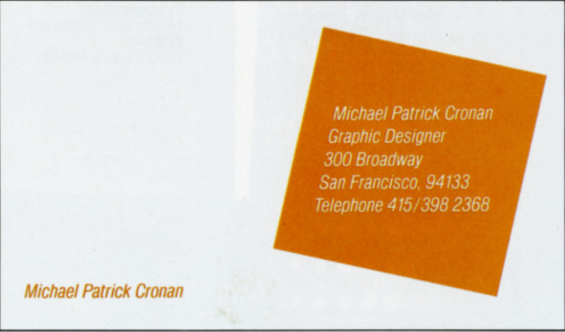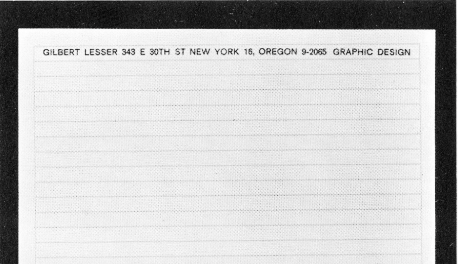The mitosis of Specialized Design Roles
Not so long ago, there was essentially one visual design profession: graphic designer. I kid you not
Until the 1970s, there was essentially one, visual design profession: graphic design. Those who weren’t self-taught—and many active designers were autodidacts—typically studied fine arts. While some diversification existed, with designers working in various media, techniques, and purposes, everything revolved around a limited set of disciplines rooted in the origins of graphic design.
Some designers worked in advertising agencies, focusing on branding, ads, and storyboards. Others specialized in layout design for books, while another segment focused on packaging, brochures, and other collateral driven by the rise of consumer culture. The number of graphic designers increased in proportion to overall employment, and the profession remained relatively niche. The work was manual—a true craft. Beyond talent or basic skills, most learning occurred on the job, and new tools emerged infrequently.
Business cards for graphic designers simply read "Designer," or for the more descriptive, "Graphic Designer." For example, take a look at Gilbert Lesser’s letterhead from 1962 or Michael Cronan’s business card from 1982.


designarchives.aiga.org
Then came the computer, followed by software, new hardware, new media—and the need to market all of them. By the 1990s, the profession began to soar. The number of graphic designers grew, though not as steeply as software developers. Still, it was a snowball effect. By 2021, there were 294,200 graphic designers employed in the U.S. alone, with 36% of them working as freelancers.
Around 2010, following the dot-com bubble burst and the subsequent market recovery, a process of professional mitosis began, akin to how cells divide and multiply. For example:
First Division:
- Graphic designers working in software companies, gaming, or digital departments became "interactive designers" or "digital designers."
- Those in advertising agencies or publishing became "marketing designers" or "book designers."
Second Division:
- Interactive designers split into game designers and interface designers.
- Marketing designers evolved into digital designers (working primarily in ad agencies’ digital departments) and offline designers.
Third Division:
- Game designers further split into character designers and narrative designers.
- Interface designers split into UI designers and UX designers.
- Digital designers split into social media designers and web designers.
- Offline designers split into brand designers and print designers.
You get the idea.
The question is: what drove this systematic fragmentation? Naturally, as more technologies and media emerged, new design challenges required novel solutions, often necessitating distinct techniques and expertise. However, this doesn’t fully explain the current state, where the overlap between many roles is significant, and their definitions vary widely across organizations and even projects. In one company, a UX designer might focus on prototyping, while in another, they might primarily handle UI design. UI designers and web designers often approach their tasks similarly, only dealing with different parts of the product, while social media designers and print designers also share overlapping processes; they even export the same files, for heaven’s sake.
The rapid pace and impulsive nature of role creation have outpaced the industry’s ability to establish comprehensive standards, well-defined professions, or a consistent body of required knowledge.
Now that the profession is shifting under the influence of AI and must be more adaptive, broad, and versatile than ever before, many organizations find themselves in a situation where their design departments are made up of "Micro disciplinary" designers - while more than ever, what they really need is a large and experienced group of simply put: graphic designers.